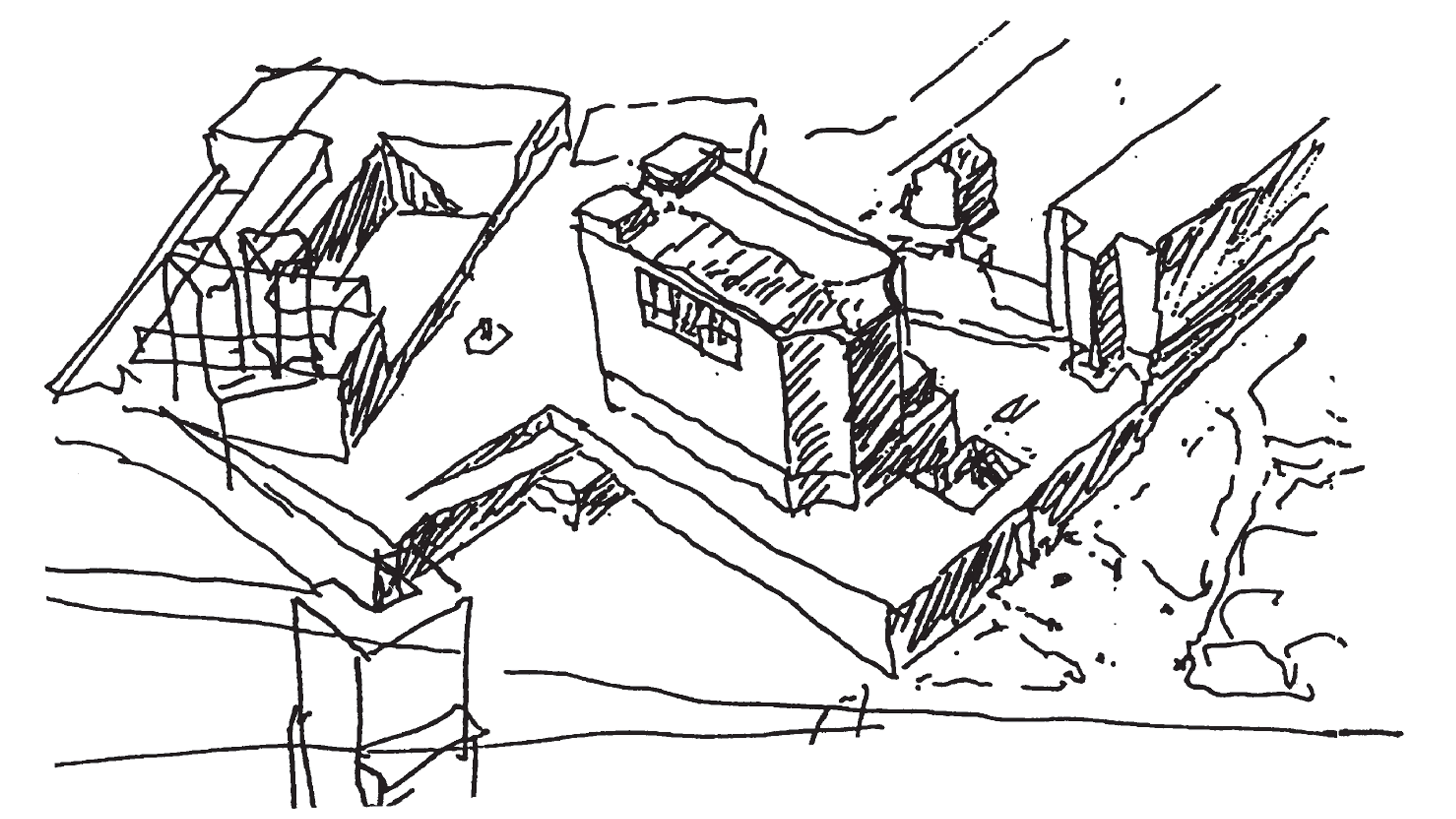In this past decade, the convulsive century of modern adventure has gone about announcing its inevitable termination through the passing away of some of its leading figures: ideologists, builders and chroniclers who wrote a mythical chapter of architectural history. The likes of Berthold Lubetkin, Serge Chermayeff, Alberto Sartoris or Charlotte Perriand were the last of those first Europeans who adopted new forms of expression for a new era, a language of geometric abstraction born out of the alliance of the arts with industry. Among those who knew how to reinterpret that original orthodox credo in the light of other landscapes and other traditions, the Egyptian Hassan Fathy and the Brazilians Roberto Burle Marx and Lucio Costa have joined the obituaries, while Myron Goldsmith, Gordon Bunshaft or Paul Rudolph dropped out of the ranks of disciples of those who emigrated to the United States and helped to spread and transform that modern vocabulary in the lingua franca of the International Style. As for the bright young generation that in the wake of World War II rebelled against the dogmas of the avant-garde and fought to recuperate the by then devalued human dimension of architecture and urbanism, it has lost the Team X members Georges Candilis, Alison Smithson and Aldo van Eyck, as well as Ron Herron, one of the Archigram group, whose death blurred the contours and subdued the colors of an optimistic view of the sixties. The British James Stirling’s brilliant and prolific career was cut short, as was the stubbornly coherent biography of the Italian Aldo Rossi. In their laborious conquest of a modernity that came late to an isolated post-Civil War Spain, architects such as José Luis Fernández del Amo, Alejandro de la Sota, Ramón Vázquez Molezún, José María García de Paredes and Julio Cano Lasso had likewise attained the stature of masters while alive, as had Félix Candela on the other side of the Atlantic, long exiled in Mexico.
Finally, Lewis Mumford, Spiro Kostof, John Summerson, Julio Carlo Argan, Manfredo Tafuri, Juan Daniel Fullaondo, Julius Posener and Marina Waisman bequeathed to us a pedagogical legacy with their analytical and academic work, editorial endeavors, lectures, articles and books. This oeuvre has made it possible to construct a narrative in parallel to and complementing that woven together by the works and projects. The history of the 20th century that its chroniclers wrote will also keep our memory of it alive.
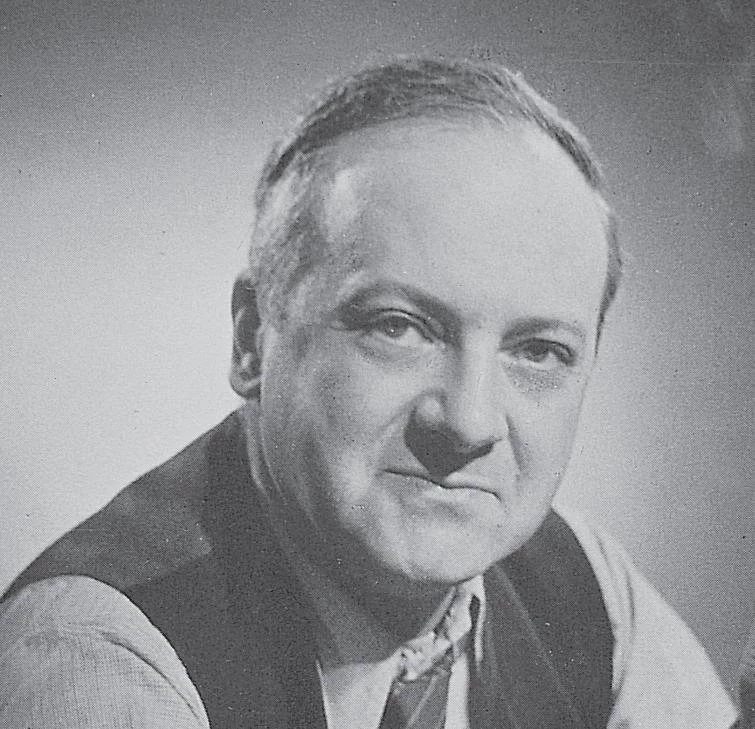
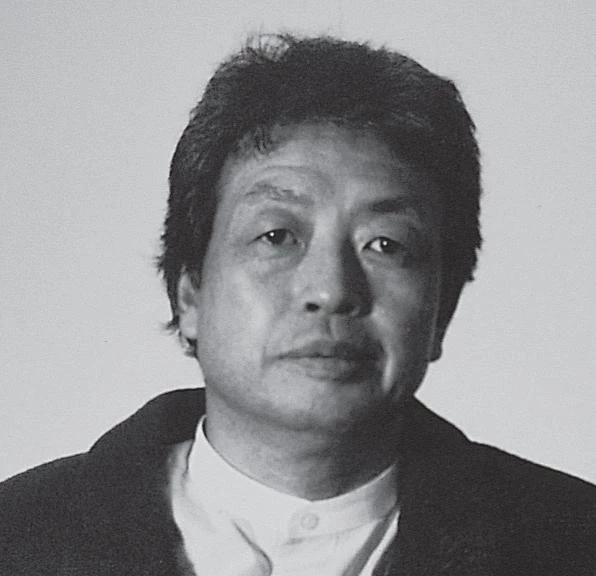
1990
Alvin Boyarsky (1928): As director of the London Architectural Association, he gathered together Koolhaas and Hadid, among others.
Gordon Bunshaft (1909): A Pritzker winner and SOM designer, he spread the glass skyscraper as icon of corporate headquarters.
Hassan Fathy (1900): As a Cairo professor, he favored traditional building techniques as the answer to Third World housing issues.
José María García de Paredes (1924): A member of the post-Civil War generation that continued in the path of Spanish Rationalism, he built auditoriums in Granada, Valencia and Madrid.
Berthold Lubetkin (1901): After studying in Russia and France, he settled in London, founded the Tecton group, and built the London Zoo penguin pool following continental rationalism.
Luis Moya (1904): Architect of the Universidad Laboral in Gijón, he was opposed to modernism, and advocated the recuperation of classicism and constructive traditions.
Lewis Mumford (1896): An urban historian and critic of functionalism, he investigated the foundations of American architecture.
1991
Otl Aicher (1922): A graphic designer and founder of the Ulm Design School, he created the symbols of the Munich Olympics.
William Crabtree (1905): Pioneer of the Modern Movement in England, he designed the Peter Jones department stores in London.
Shiro Kuramata (1934): The architect responsible for the showrooms of Issey Miyake, he created the How High the Moon chair, now a piece of the MoMA permanent collection.
Henri Lefebvre (1901): This French philosopher expressed his Marxist theories of the modern city in From the Rural to the Urban.
Spiro Kostof (1936): He was an American historian of Greek origins, whose writings highlighted the influence of context and culture on architectural forms over the course of history.
Giovanni Michelucci (1891): His pre-war style tends toward Italian rationalism, while his later work is defined by neoexpressionism.
Dom van der Laan (1904): A Benedictine monk and son of an architect, he extended the Oosterhout Abbey and Vaals Monastery, making the furniture in his own system of proportions.
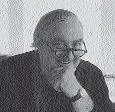
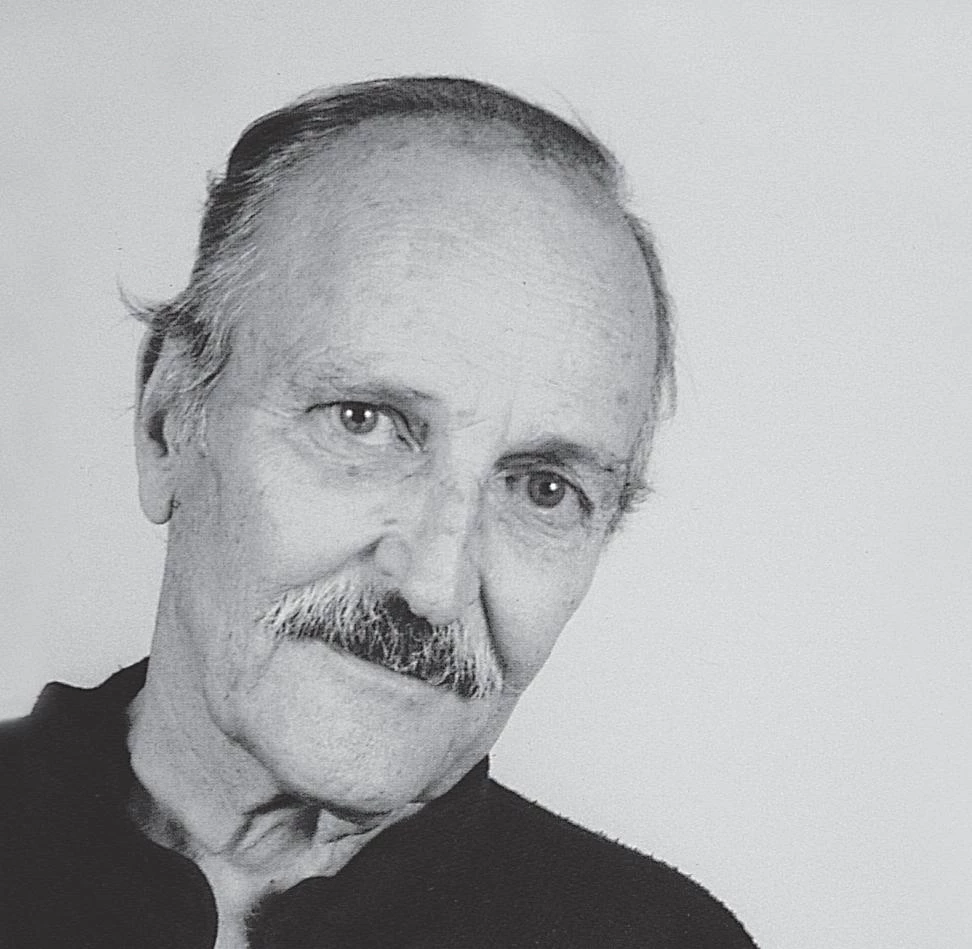
1992
Lina Bo Bardi (1914): A resident of Brazil since 1946, she used expressive forms to explore the plastic possibilities of concrete.
Craig Ellwood (1922): While not an architect, he worked on the CSH project, popularizing the Modernist dwelling in California.
César Manrique (1920): A painter and sculptor, he proposed for Lanzarote an architecture that respects both landscape and tourism.
Peter Rice (1935): An engineer and director of Ove Arup, he participated in such projects as the Sydney Opera House, the Centre Pompidou in Paris and Lloyd’s of London.
James Richards (1908): A supporter of the Modern Movement, he was director of The Architects’ Journal and Architectural Review.
James Stirling (1926): One of the key architects of the century, he won the Pritzker Prize; his initial works part from British engineering tradition, while the Stuttgart Straatsgalerie exhibits his later leanings toward postmodernism.
John Summerson (1905): A historian and author of The Classical Language of Architecture, he was curator of the Soane Museum.
1993
Rafael Echaide (1923): A professor in Pamplona, he provided an emblem for post-war Spanish industry: the Barcelona Seat Building.
Aris Kostantinidis (1919): Although he studied in Munich, his residential work in Crete and Mikonos alludes to Greek building traditions.
Pedro Miralles (1955): As an architect focusing on furniture design, he created the Éboli chair and the Egipcia lamp.
Charles Moore (1925): His Orinda home and New Orleans Piazza d’Italia are the two poles of his eclectic career; this architect grew professionally as a lecturer at Berkeley and Yale.
Reima Pietilä (1923): Following in Aalto’s footsteps, he was recognized with the Carlsberg Prize and the UIA Medal.
Alison Smithson (1928): A Team X activist, she helped define the theoretical bases of Brutalism; The Economist Building and the Hunstanton School are among her few realized works.
Ramón Vázquez Molezún (1922): Along with José Antonio Corrales, he built the Spanish Pavilion at the Brussels Universal Exposition; in 1992 both designers received the Gold Medal of Architecture.
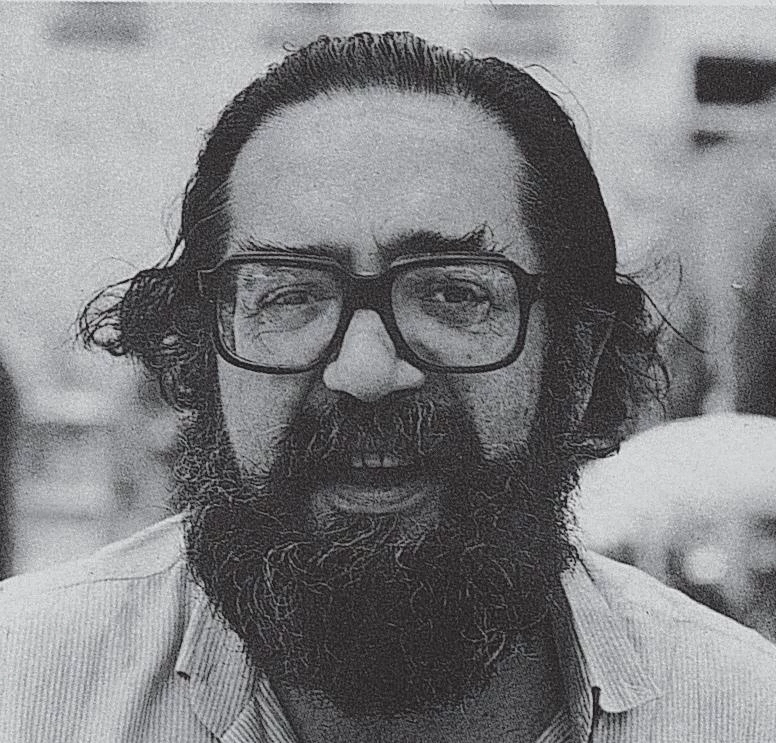

1994
José Bar Boo (1922): The driving force behind modern architecture in Galicia, his Vigo housing is recognized by Docomomo.
Max Bill (1908): A consummate representative of art concrèt, his fascination with engineering crystallizes in the project for the Ulm Design School, where he was also rector.
Juan Daniel Fullaondo (1936): A Full Professor of Architecture in Madrid, he played an important role as critic for Nueva Forma magazine.
Ron Herron (1930): A founding member of Archigram, he expressed his futuristic utopias in projects such as the Walking City.
John Lautner (1911): A disciple of Wright, he experimented with concrete in residential projects near his Los Angeles home base.
Burle Marx (1909): An outstanding landscape designer of Modernism, he collaborated on key projects of the Brazilian avant-garde, such as the Health and Education Ministry.
Manfredo Tafuri (1935): Historian and professor at the University Institute of Venice, his writings, of a strong sociological content, focus on both the Renaissance and modern architecture.
1995
Georges Candilis (1913): Having worked with Le Corbusier, he was a member of Team X; and with Josic and Woods he designed the Berlin Free University and plan of Toulouse-Le-Mirail.
Julio Caro Baroja (1915): As a historian, anthropologist and coauthor of a book on the Navarran house, his writings inspired the rediscovery of Basque vernacular architecture.
Gilles Deleuze (1925): Author of Antioedipus and other texts, he was one of the philosophical sources of contemporary architecture.
José Luis Fernández del Amo (1914): While at the Resettlement Institute, he designed new towns such as Vegaviana; he also created and directed the first Spanish Contemporary Art Museum.
Fernando Flórez Plaza (1919): His most active period was in the sixties, with works like the Ramón y Cajal Hospital in Madrid.
Antonio García Arangoá (1908): A Full Professor of Structural Engineering, the Madrid market of la Cebada was his most renowned work.
Antonio Perpiñá (1918): Responsible for the site plan of the Azca commercial zone, he built the Ministry of Industry, also in Madrid.


1996
Pedro Bidagor (1906): An urbanist who held high administrative posts between 1940 and 1969, he designed the Madrid Plan of 1946.
Julio Cano Lasso (1920): Having graduated after the Civil War, he aimed to unite modernity with a sensibility for tradition and landscape.
Serge Chermayeff (1900): First an interior designer, he worked on the De La Warr Pavilion with Mendelsohn before teaching in America.
Myron Goldsmith (1919): An IIT engineering graduate, he worked with Mies and Nervi; in 1955 he joined SOM, and studied the relation between structure and form in high-rise buildings.
J.B. Jackson (1910): A key figure in North American landscape architecture, he was also director of the magazine Landscape.
Julius Posener (1904): As a disciple of Poelzig, he was a historian and direct witness to the activities of the 20th-century vanguard.
Alejandro de la Sota (1913): Architect of such essential works of Spanish modernity as the Tarragona Civil Government Headquarters or the Maravillas School Gymnasium, his work is the fruit of a tenacious search for abstraction and constructive rigor.
1997
Félix Candela (1910): Exiled to Mexico following the Civil War, he explored the possibilities of laminated concrete structures in buildings such as the Cosmic Rays Pavilion.
Cristina Grau (1946): This Valencian professor and painter of literary interiors also wrote Borges and Architecture.
Manuel Manzano Monís (1913): An architect specializing in the restoration of historic buildings, he left his principal legacy in Fuenterrabía.
Dominique de Menil (1908): As both art collector and patron, she chose Renzo Piano to design the Houston museum named after her.
Aldo Rossi (1931): The most influential member of the Italian Tendenza, he realized his ideas about the city and building types, first developed in his texts, with works such as the Modena Cemetery and Gallaratese Housing Block in Milan.
Paul Rudolph (1918): After studying under Gropius, he was Dean at Yale; his Brutalist architecture rose to popularity in the sixties.
Marina Waisman (1920): A historian and critic, she wrote several books and pushed for the spread of Latin-American architecture.
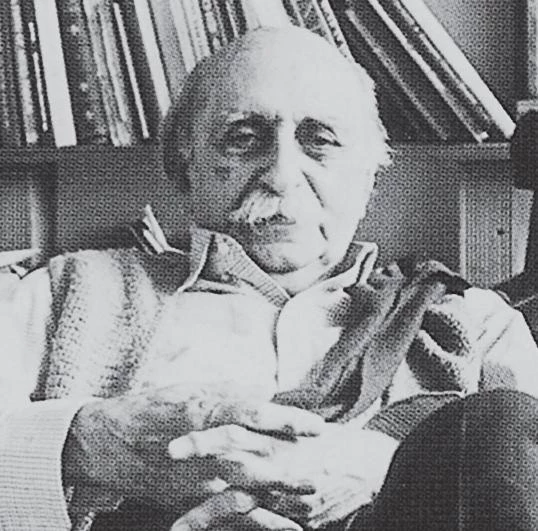
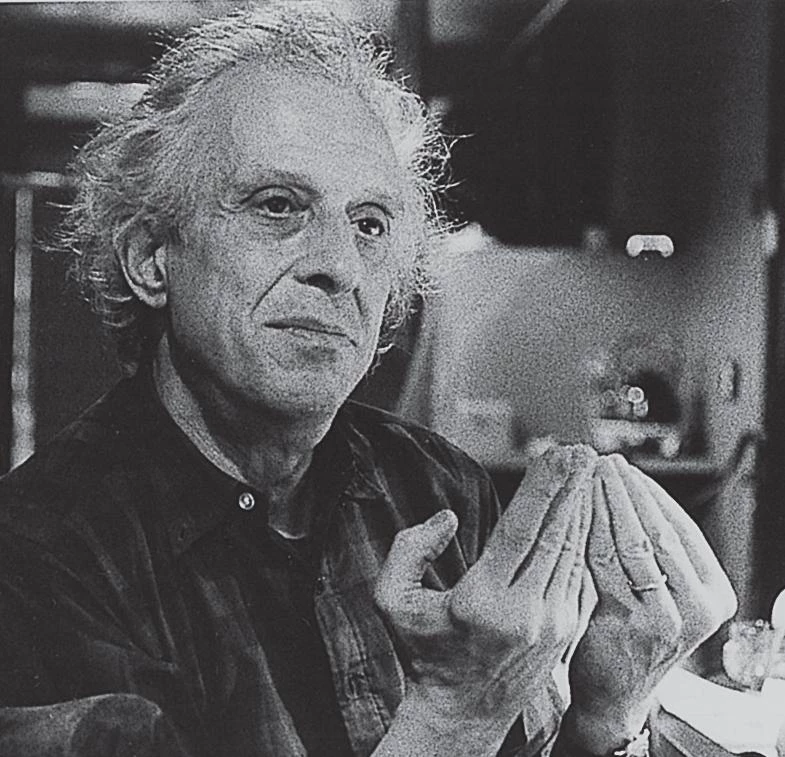
1998
Francesc Catalá-Roca (1922): Catalan modern architecture became popular through the photographs of this National Fine Arts Prize winner.
Lucio Costa (1902): Born in France but a resident of Brazil, he helped spread Le Corbusian ideology through Latin America. With Brasilia he created both his famous bird-shaped sketch and the urban utopia of the Modern Movement.
Albert Frey (1903): In designing his villas, Frey combined the influence of Le Corbusier with a fascination for new materials.
Dieter Kienast (1945): Landscape architect of the Berne Inselspital gardens, he collaborated with Herzog & de Meuron and others.
Fernando Moreno Barberá (1913): The man behind the tourist paradores, he also designed several faculties in Valencia, Madrid and Cheste.
Alberto Sartoris (1901): Having built only a small number of projects, he spread the CIAM doctrine through his enthusiastic writings.
Joaquín Vaquero Palacios (1900): A painter as well as an architect, he expressed his plastic talent in structures such as the dams and power plants built for the Cantabrian Hydroelectric Company.
1999
Ton Alberts (1927): The designer of the ING Bank in Amsterdam, he was inspired by the emotive side of the discipline.
Ignazio Gardella (1905): The work of this Venetian professor expresses elements of regional tradition through modern vocabulary.
Estanislao Pérez Pita (1943): His projects, planned with Jerónimo Junquera, exhibit the sober pragmatism of the Madrid School.
Charlotte Perriand (1903): Together with Le Corbusier she created the chaise longue, applying industrialization to everyday life.
Jay Pritzker (1923): Owner of the Hyatt Hotels chain, in 1979 he established the architecture award which bears his namesake.
Colin Rowe (1920): Both a historian and critic, he taught extensively in the United States, spreading his interpretations of the masters of the Modern Movement in classical terms.
Aldo van Eyck (1918): A member of Team X and writer for Forum magazine, he built the pivotal work of Dutch structuralism, the Amsterdam Orphanage, and realized ‘labyrinthine clarity’ with the Sonsbeek Sculpture Pavilion.

